Thirsty, I Feel Thirsty
thirsty, I feel thirsty


More Posts from Dynamic-light-scattering and Others

2019 May 1
The Cat’s Eye Nebula in Optical and X-ray Image Credit: NASA, ESA, Hubble Legacy Archive; Chandra X-ray Obs.; Processing & Copyright: Rudy Pohl
Explanation: To some it looks like a cat’s eye. To others, perhaps like a giant cosmic conch shell. It is actually one of brightest and most highly detailed planetary nebula known, composed of gas expelled in the brief yet glorious phase near the end of life of a Sun-like star. This nebula’s dying central star may have produced the outer circular concentric shells by shrugging off outer layers in a series of regular convulsions. The formation of the beautiful, complex-yet-symmetric inner structures, however, is not well understood. The featured image is a composite of a digitally sharpened Hubble Space Telescope image with X-ray light captured by the orbiting Chandra Observatory. The exquisite floating space statue spans over half a light-year across. Of course, gazing into this Cat’s Eye, humanity may well be seeing the fate of our sun, destined to enter its own planetary nebula phase of evolution … in about 5 billion years.
∞ Source: apod.nasa.gov/apod/ap190501.html
![“You All Saw [Brie] Pushing The Jeep In The Training Videos, Which Is Insane. Did That Kind Of Encourage](https://64.media.tumblr.com/53984317a3ddeeff524cb6178aaed705/tumblr_ppqq4a4hfK1u1kyq6o5_r1_400.gif)
![“You All Saw [Brie] Pushing The Jeep In The Training Videos, Which Is Insane. Did That Kind Of Encourage](https://64.media.tumblr.com/68c1e04f85104413909a2a8c33b12fb1/tumblr_ppqq4a4hfK1u1kyq6o2_400.png)
![“You All Saw [Brie] Pushing The Jeep In The Training Videos, Which Is Insane. Did That Kind Of Encourage](https://64.media.tumblr.com/bbcc608b3144103975297c20fcaa491b/tumblr_ppqq4a4hfK1u1kyq6o3_r2_400.gif)
![“You All Saw [Brie] Pushing The Jeep In The Training Videos, Which Is Insane. Did That Kind Of Encourage](https://64.media.tumblr.com/847e0180820e3c5a9e51dddd01653c11/tumblr_ppqq4a4hfK1u1kyq6o4_r1_400.gif)
“You all saw [Brie] pushing the jeep in the training videos, which is insane. Did that kind of encourage everyone to up their game in the training?”



literally us gays growing up and trying to relate to something
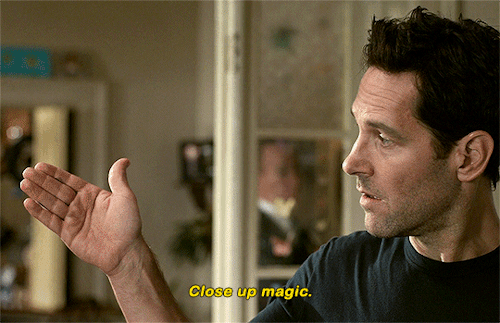

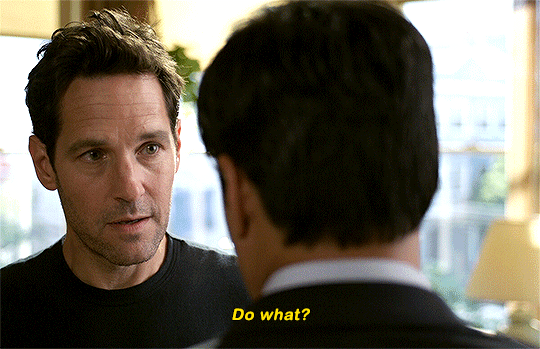

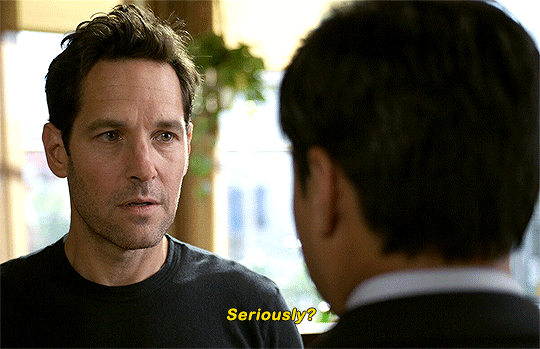
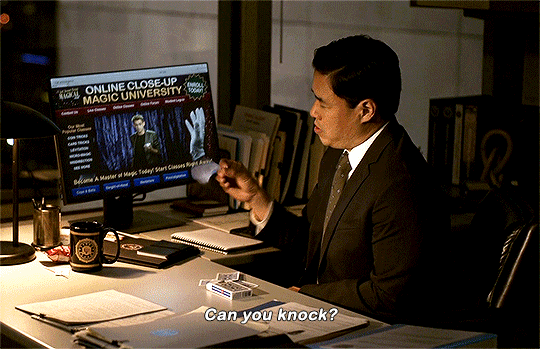
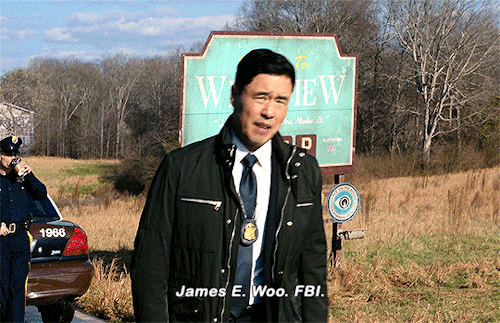
Jimmy Woo, FBI agent and certified magician.

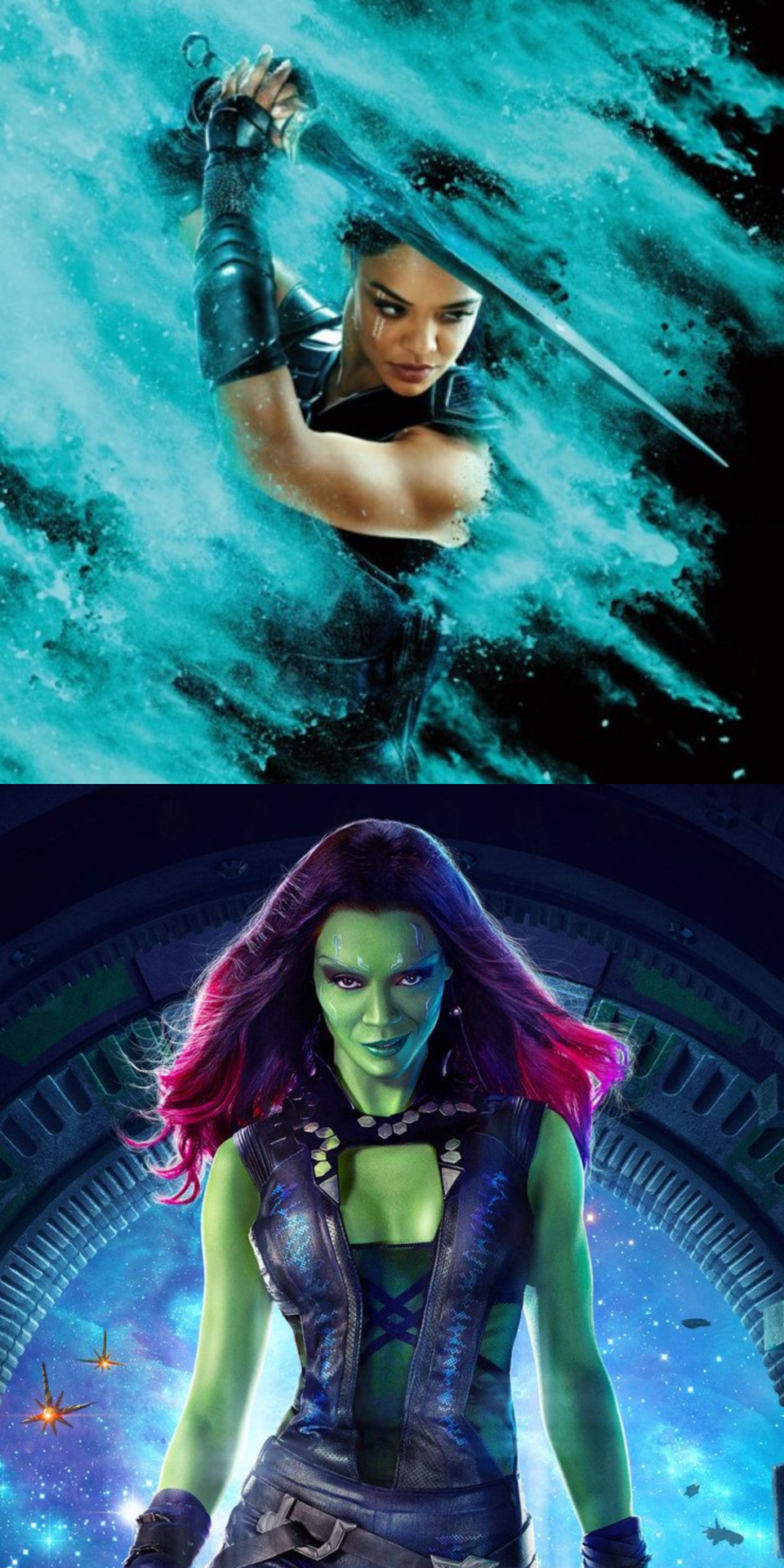

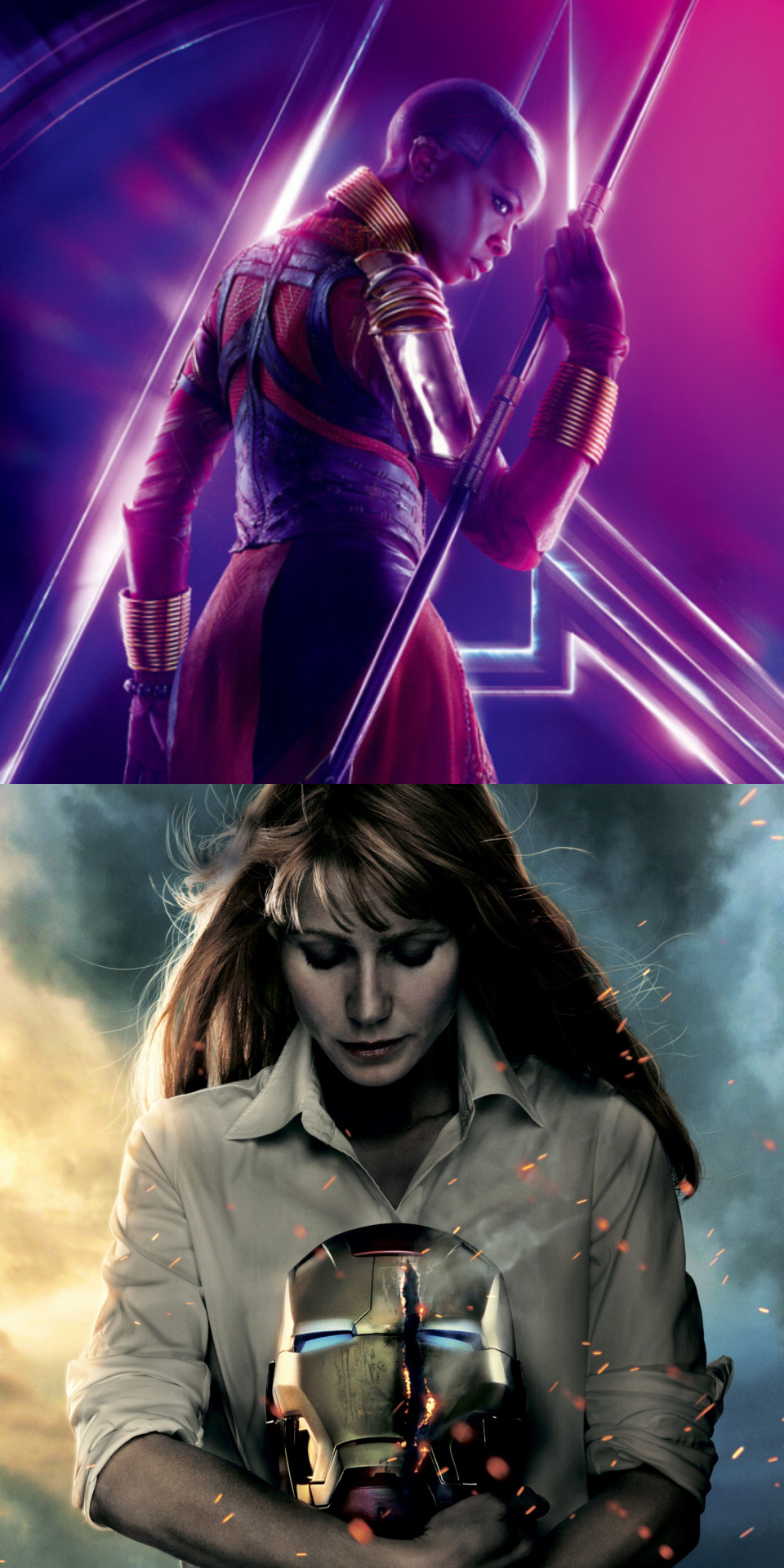
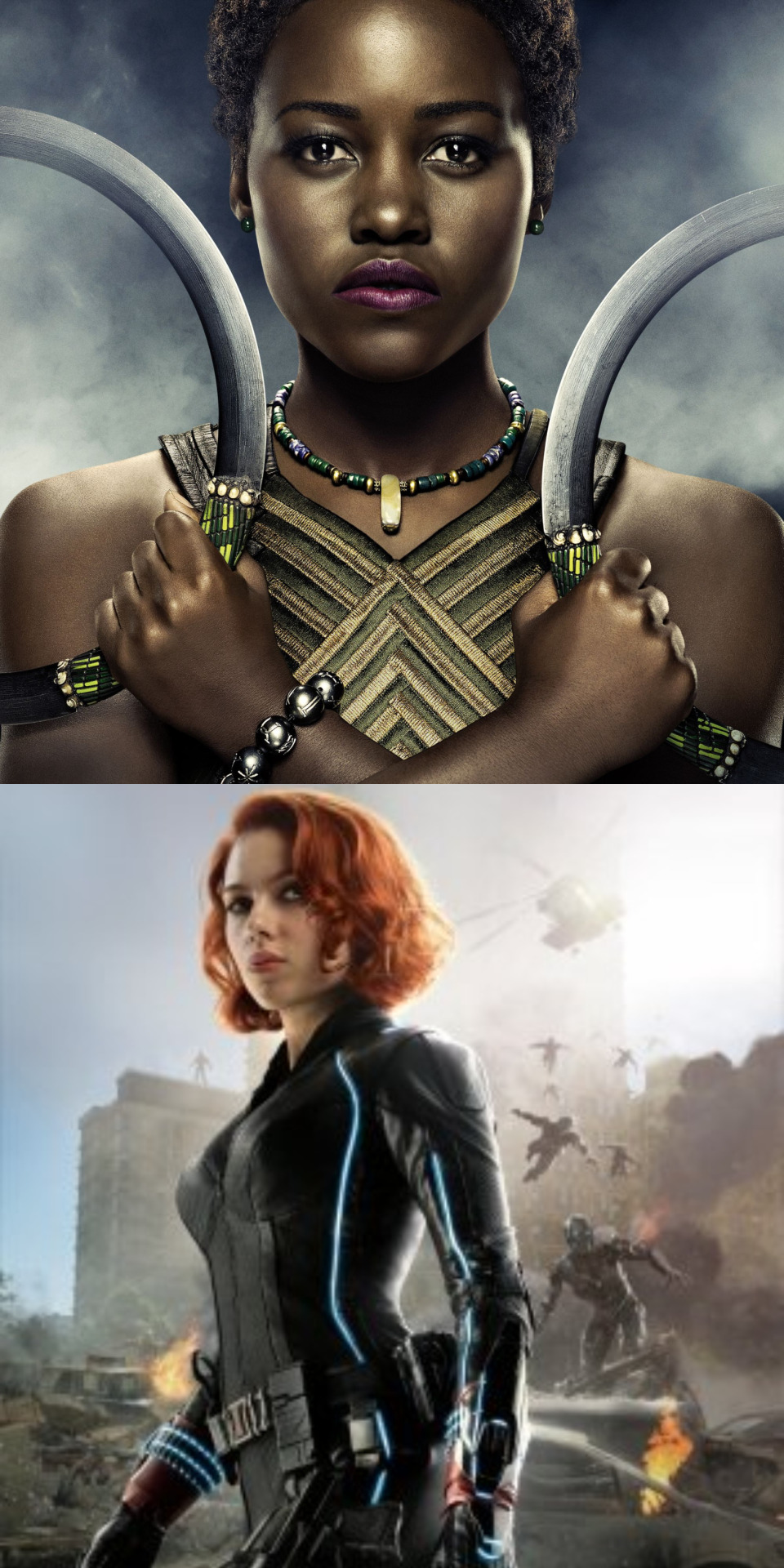
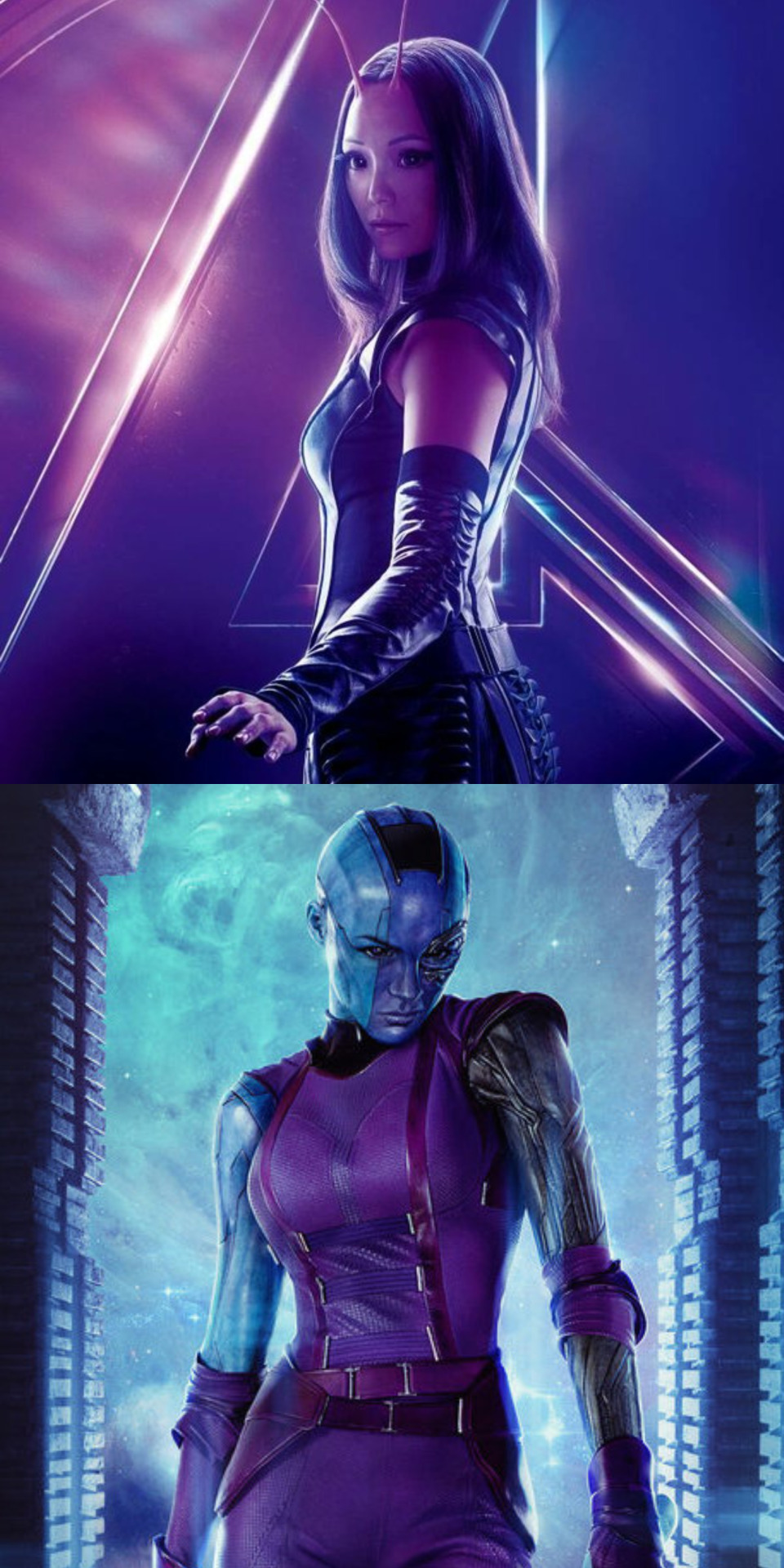
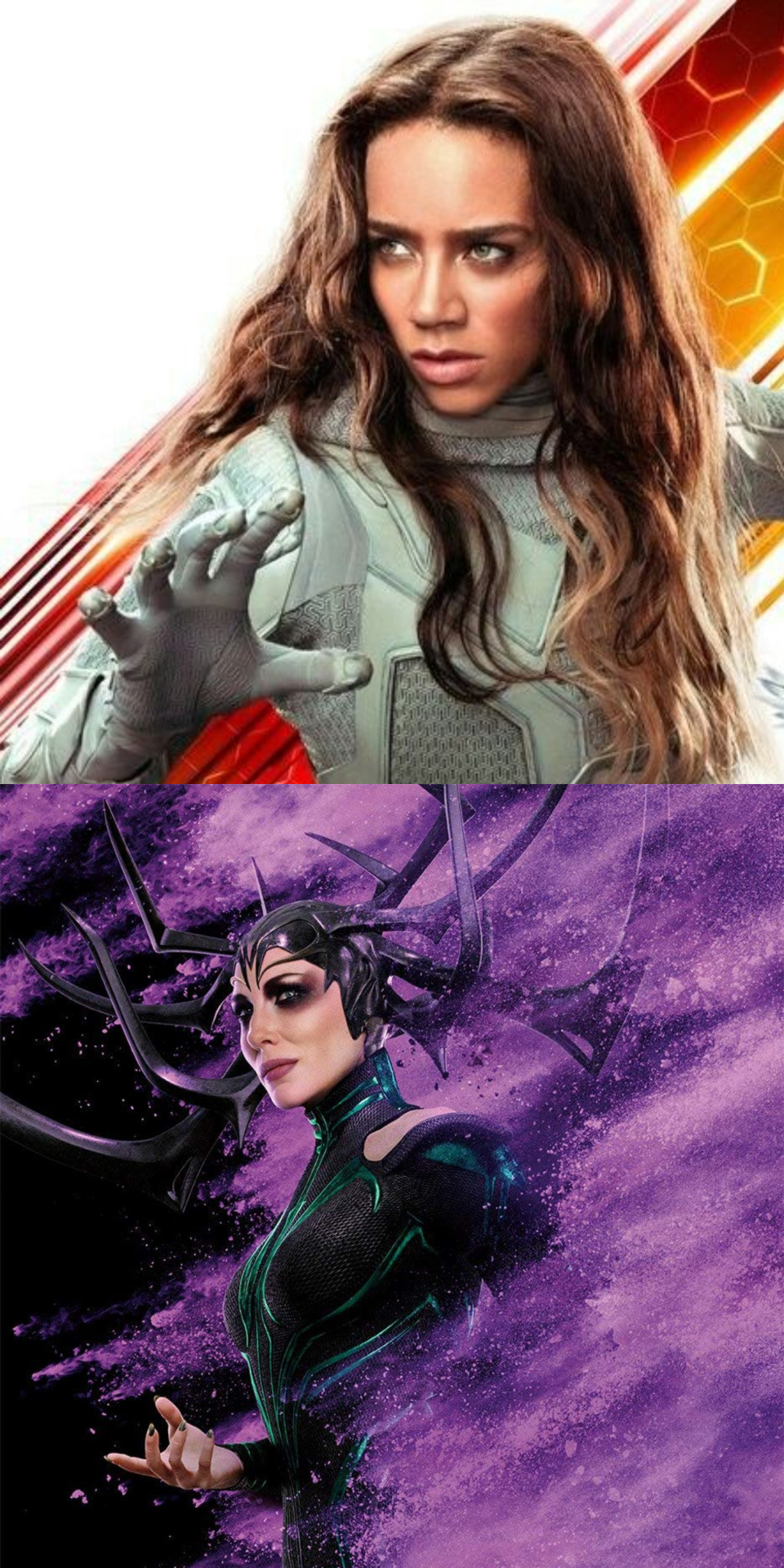
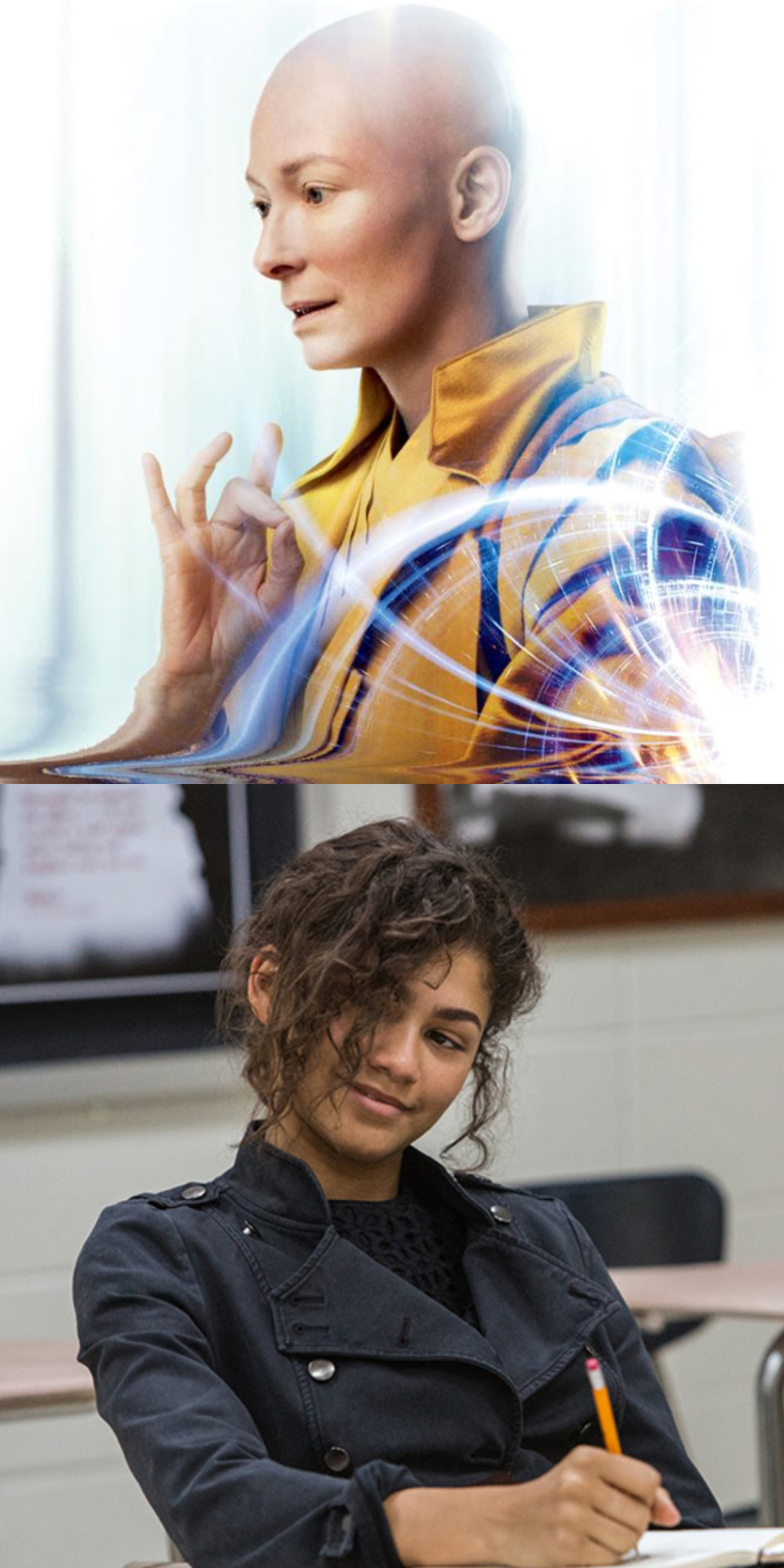



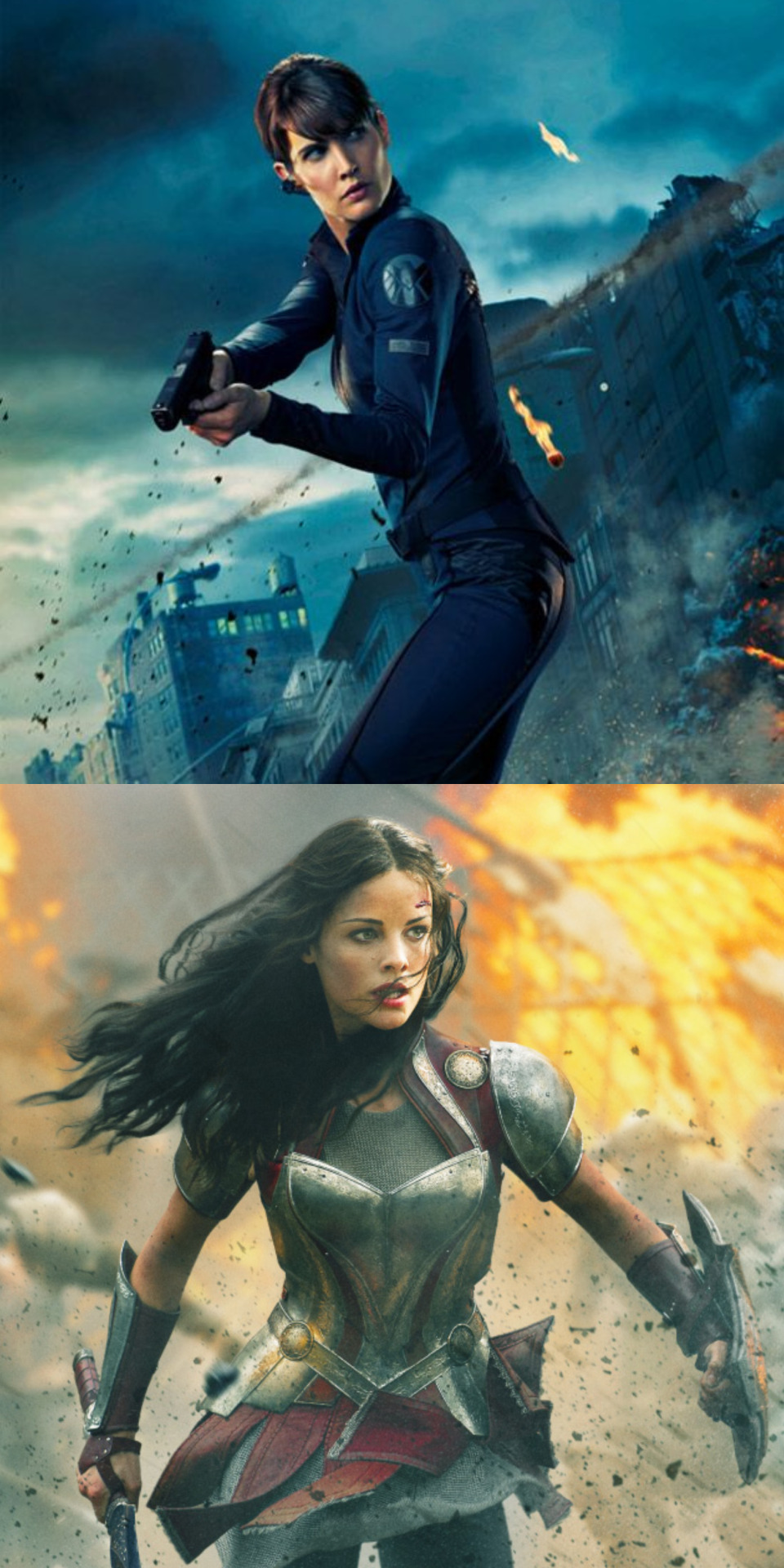
Our strong, intelligent, powerful, beautiful, both the popular and the underrated, fun, independent, heroic female characters of the Marvel Universe! Be it goddess, spy, soldier, student, general, inventor, CEO, sorcerer and more! Respect to every one of these characters and the many more I couldn’t fit onto here! Honorable mentions include Ayo, Liz Toomes, Frigga, Christine Palmer May Parker and Helen Cho.

















don’t forget on pride month
M87 on different scales and wavelengths

VLA radio image of the galaxy M87 in 1999. We are looking at complex flows of matter 200,000 light years across (that’s twice the size of our galaxy, the Milky Way). Let’s get closer.

X-ray image by Chandra, 2019 - we are looking at very energetic emission here! The close-up is about 25,000 light years across. Let’s look more closely…

Composite (UV, optical, infrared) image from the Hubble Space Telescope (2000). You can see the plasma jet the central Supermassive Black Hole ejects. The width of the image is 5000 light years.
Are you ready to see what’s causing all this mess?

This image is a fraction of a light year across (edited by Randall Munroe of XKCD). The supermassive black hole weighs 6.5 billion times our Sun!








Brie Larson singing on Instagram
-
 spirits-in-the-dark reblogged this · 2 months ago
spirits-in-the-dark reblogged this · 2 months ago -
 spirits-in-the-dark liked this · 2 months ago
spirits-in-the-dark liked this · 2 months ago -
 between-myself-and-me liked this · 2 months ago
between-myself-and-me liked this · 2 months ago -
 teganorsara reblogged this · 2 months ago
teganorsara reblogged this · 2 months ago -
 xrhaenyra liked this · 1 year ago
xrhaenyra liked this · 1 year ago -
 twinklefists reblogged this · 1 year ago
twinklefists reblogged this · 1 year ago -
 twinklefists liked this · 1 year ago
twinklefists liked this · 1 year ago -
 praxeums liked this · 4 years ago
praxeums liked this · 4 years ago -
 xosiren reblogged this · 4 years ago
xosiren reblogged this · 4 years ago -
 xosiren liked this · 4 years ago
xosiren liked this · 4 years ago -
 simplewanky liked this · 4 years ago
simplewanky liked this · 4 years ago -
 marvelbbyx reblogged this · 4 years ago
marvelbbyx reblogged this · 4 years ago -
 marvelbbyx liked this · 4 years ago
marvelbbyx liked this · 4 years ago -
 dversstark reblogged this · 4 years ago
dversstark reblogged this · 4 years ago -
 heirbudachives reblogged this · 4 years ago
heirbudachives reblogged this · 4 years ago -
 heirbudachives liked this · 4 years ago
heirbudachives liked this · 4 years ago -
 thelastjedis liked this · 5 years ago
thelastjedis liked this · 5 years ago -
 thatgaykid132 reblogged this · 5 years ago
thatgaykid132 reblogged this · 5 years ago -
 dynamic-light-scattering reblogged this · 5 years ago
dynamic-light-scattering reblogged this · 5 years ago -
 neversatisfiedwithlife liked this · 5 years ago
neversatisfiedwithlife liked this · 5 years ago -
 marveldanat liked this · 5 years ago
marveldanat liked this · 5 years ago -
 hxtties liked this · 5 years ago
hxtties liked this · 5 years ago -
 gcddamnvampirea reblogged this · 5 years ago
gcddamnvampirea reblogged this · 5 years ago -
 charaie liked this · 5 years ago
charaie liked this · 5 years ago -
 lilwxtchcrxft liked this · 5 years ago
lilwxtchcrxft liked this · 5 years ago -
 notsohoya liked this · 5 years ago
notsohoya liked this · 5 years ago -
 chaoticdelicacy reblogged this · 5 years ago
chaoticdelicacy reblogged this · 5 years ago -
 universeofmuses reblogged this · 5 years ago
universeofmuses reblogged this · 5 years ago -
 not-museing-around reblogged this · 5 years ago
not-museing-around reblogged this · 5 years ago -
 portraitofaladyonfirre reblogged this · 5 years ago
portraitofaladyonfirre reblogged this · 5 years ago -
 milwuakey reblogged this · 5 years ago
milwuakey reblogged this · 5 years ago -
 melancholyryder liked this · 5 years ago
melancholyryder liked this · 5 years ago -
 idkwhyimhereeither liked this · 5 years ago
idkwhyimhereeither liked this · 5 years ago -
 dawnmia liked this · 5 years ago
dawnmia liked this · 5 years ago -
 meggannk liked this · 5 years ago
meggannk liked this · 5 years ago -
 vaegontargaryens reblogged this · 5 years ago
vaegontargaryens reblogged this · 5 years ago -
 misha-moose-dean-burger-lover liked this · 5 years ago
misha-moose-dean-burger-lover liked this · 5 years ago -
 notenoughtofeelthelack liked this · 5 years ago
notenoughtofeelthelack liked this · 5 years ago -
 bvckysredemption reblogged this · 5 years ago
bvckysredemption reblogged this · 5 years ago -
 mythicalbeyotch liked this · 5 years ago
mythicalbeyotch liked this · 5 years ago


